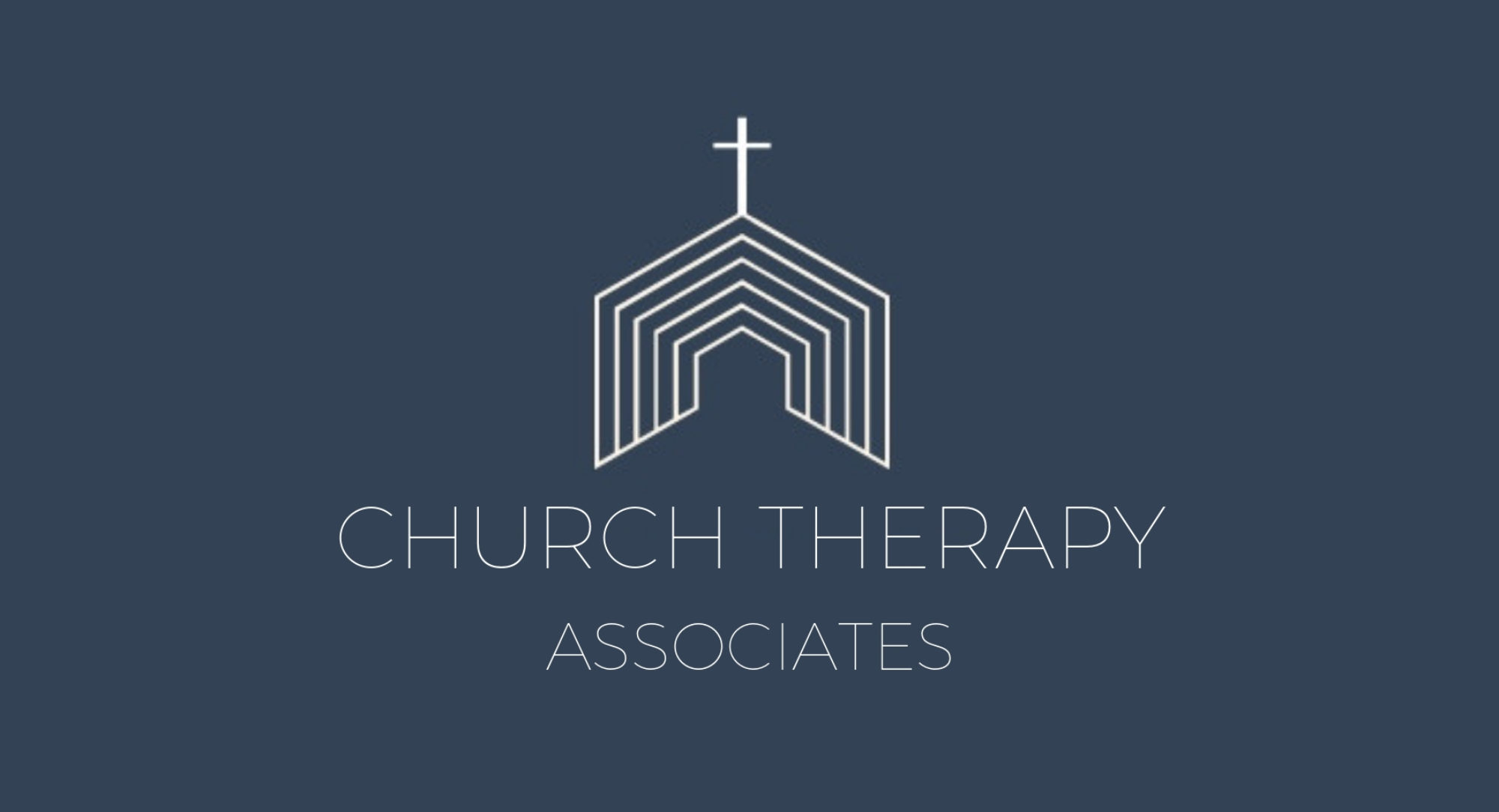Paperwork isn’t the most exciting thing to talk about, but it is essential to keeping good documentation and minimizing liability. Unfortunately, in the mental health field everyone has re-invented the wheel hundreds of times over, so the paperwork of some agencies is daunting for any clinician. If you are a licensed counselor interested in offering mental health care in your church, you have to have the proper forms to comply with HIPAA, insurance companies, and ethics codes.
In an intake packet, you need an informed consent form that tells clients the information they need to make a decision about whether or not to enter counseling. Information about the counselor’s license and skills, client rights, emergency protocols, and billing procedures are some of the things that should be included. Here is an example of a basic informed consent form. For Church Therapy, you should also include a description of the relationship between the counselor and the church staff and ways confidentiality will be handled. A financial agreement is needed if you are accepting payment of any kind, including insurance. This form would indicate the amount the client will pay, the payment methods accept, whether or not a fee will be charged in the event of a no-show, and how billing will be handled. If you are billing insurance, the client’s copay should be listed as well as the fee that will be charged for any visits that occur in the absence of insurance coverage (such as if there is a lapse in coverage and the client does not notify you).
Confidentiality is a primary goal of any therapist. Any information shared verbally or in writing must be preceded by a signed authorization/release form. This includes information given by the counselor to any other church staff. In my practice, I have all clients who attend the church sign a release for me to be able to speak to the other pastoral staff if needed. I discuss our team approach and ask them if they feel comfortable with the model. Overwhelmingly parishioners are grateful for the open communication and are happy to have a team of people working together alongside them. On occasion, there are clients who want certain kinds of sensitive information kept private, and this can be noted on the release form to limit the kind of information shared. Of course, even with a release form, the counselor’s job is to share only the information necessary to provide care and coordinate services. All clients should be notified that reports of child abuse, elder abuse, or threats of self-harm or homicidal ideations can and will be released without the need for authorization. Here is an example of an authorization/release form.
You are also required to have a record of basic demographic information, like date of birth, phone number, address, preferred language, and an emergency contact person. (I have my clients sign a limited “emergency only” release form for their emergency contact person just in case.) I recommend using an electronic record system (services like Office Ally, Simple Practice, or TheraNest are phenomenal for taking care of client demographics, progress notes, and billing seamlessly).
Finally, it is critical to have a good intake form that asks the right questions and gives you the information you need to diagnose and treat the presenting problem. Additionally a Mental Status Exam form and a treatment plan form are important intake documents. The following templates are ones I have created to simplify the intake process and keep paperwork easy but complete:
You can also use screening and assessment tools such as the PHQ-9 to quickly diagnose depression symptoms or determine suicidality. If you are looking for an additional comprehensive resource, I would recommend a book titled The Paper Office, now in its 5th edition which includes information about electronic health record-keeping.

